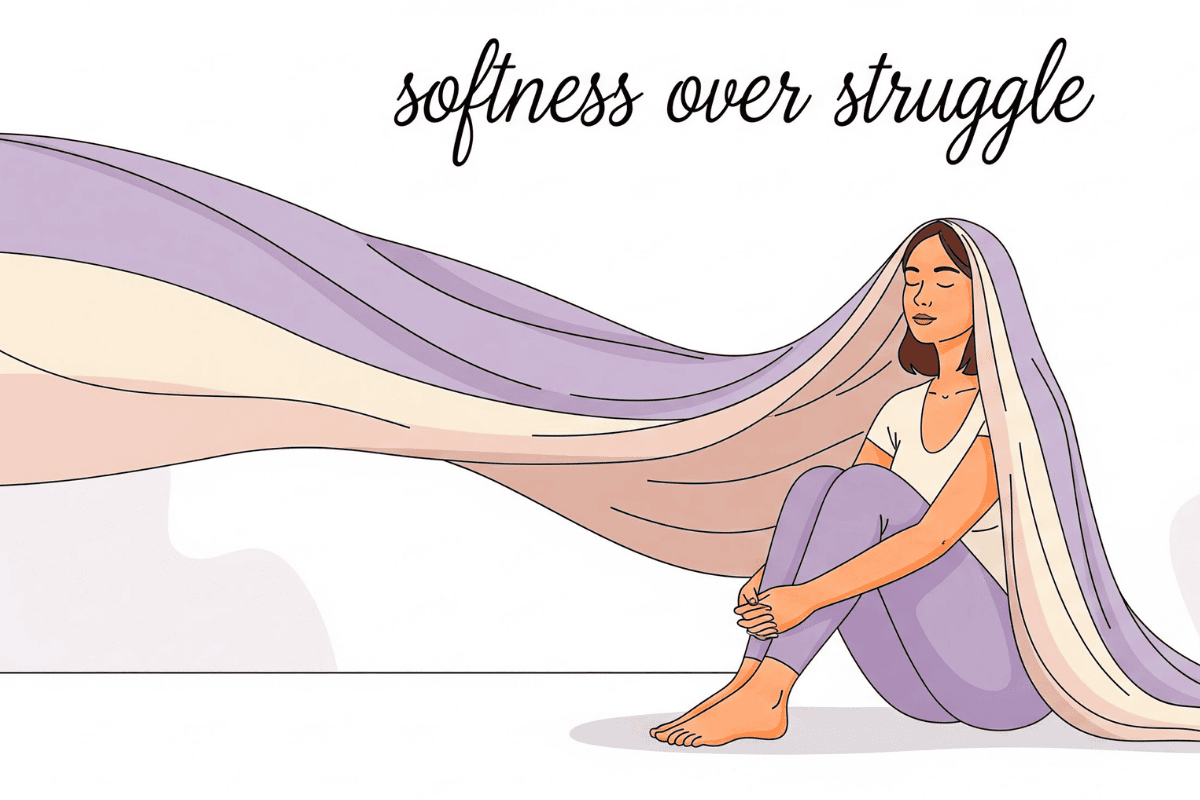Let’s just get this out of the way: there’s probably poop on your toothbrush. If you store it anywhere near the toilet, chances are it’s been hit with a fine mist of faecal particles every time you flush.
Gross, but true.
Even the design of your toothbrush can be a culprit. Brushes with tight bristle clusters, soft heads, or opaque handles tend to trap more bacteria.
Poop on your toothbrush, no jokes
Over the years, researchers have looked at how toothbrushes get contaminated and what bacteria they tend to pick up.
Turns out, it doesn’t take much…. Even brand-new brushes can harbour harmful microbes.
Some of these bugs can actually make you sick.
What the research says
A 2012 study published in the National Research Journal of Pharmacy found that over 60% of used toothbrushes tested positive for fecal coliforms (aka, bacteria that come from, well, poop.
The researchers reviewed multiple studies on toothbrush contamination. Across the board, they found that even healthy people end up with brushes teeming with potentially pathogenic bacteria, including E. coli, Staphylococcus aureus, and even herpes simplex virus.
More recent studies show the problem persists…. In 2024, researchers found that toothbrushes stored in bathrooms (especially in households with smokers) showed higher contamination levels than those kept outside the bathroom or in dry environments (Islam et al., 2024).
Another 2024 PubMed-indexed study confirmed that toothbrushes accumulate potentially pathogenic bacteria even after a single use, especially if stored in moist, covered containers (Mrozik et al., 2024).
So… how does poop get ON your toothbrush?
It’s all about “aerosolisation.”
Every time you flush, tiny droplets get launched into the air (especially if the lid is up).
Those droplets can land on your sink, your towel, and yep, your toothbrush.
Basically, if your brush is stored out in the open, especially in a shared or small bathroom, you’re probably brushing with bacteria you didn’t sign up for.
How to keep your toothbrush clean (and poop-free)
You don’t need to bleach your whole bathroom. But a few small changes can make a big difference.
Don’t freak out. Here’s how to fix it:
- Close the toilet lid before you flush. Always. ALWAYS.
- Store your brush upright and uncovered.
- Let it air dry. A closed cap just locks in moisture and germs.
- Rinse it properly after each use. Tap water alone won’t kill everything, but it helps.
- Sanitise weekly. Soak it in mouthwash or chlorhexidine.
- Or invest in a UV sanitiser.
- Replace it regularly. Every 3 months, or sooner if the bristles look frayed or funky.
- Keep some space. If you share a bathroom, don’t let brushes touch. Cross-contamination is real….
Toothbrushes don’t come with a biohazard warning, but maybe they should. They live in one of the germiest rooms in your house, and we stick them in our mouths twice a day.
Just give yours a little more attention.
Your teeth (and stomach) will thank you.
NOW READ: Why you need to stop scrolling in the bathroom
References:
Nascimento, C., Issa, J. P. M., & Iyomasa, M. M. (2012). Toothbrush Contamination: A Review of the Literature. International Journal of Dentistry, 2012, Article ID 420630.
Mrozik, M., Sekowski, M., & Wochna-Sobańska, M. (2024). The unseen perils of oral-care products generated micro/nanoplastics on human health. International Journal of Environmental Research and Public Health, 21(1).
Islam, N., Rahman, M. A., Tabassum, N., & Islam, M. N. (2024). Evaluation of bacterial contamination of used toothbrushes in smokers’ washroom and non-washroom environments. ResearchGate.
Thamke, R., Thosar, N., Baliga, S., & Shah, N. (2023). Assessment of microbial contamination of a toothbrush head with and without a protective cover. Journal of International Society of Preventive & Community Dentistry, 13(1), 15–20.





